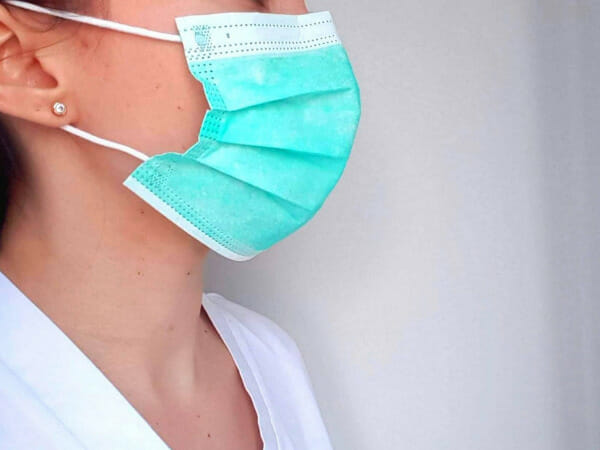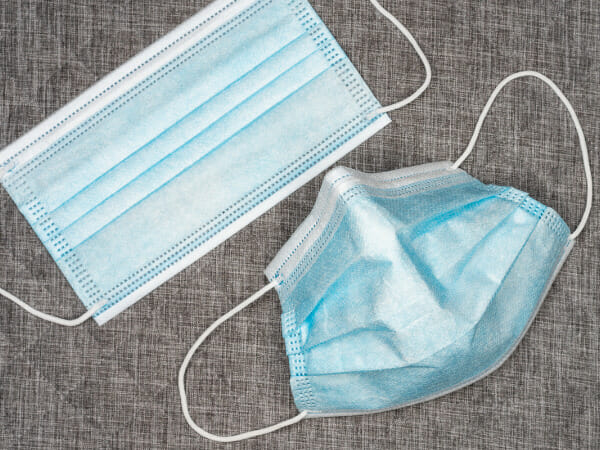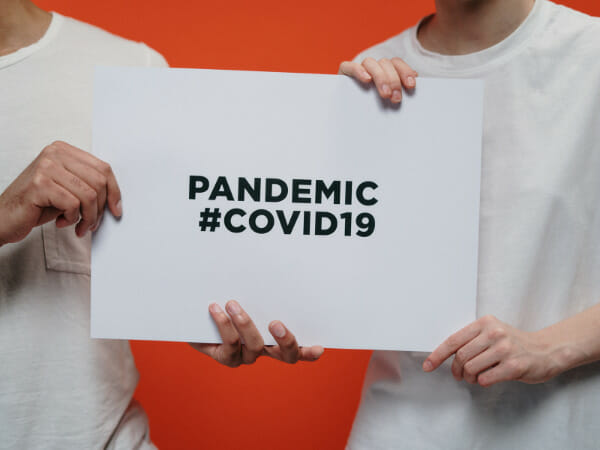Health benefits of double masking
Double masking might be the answer for extra protection against the coronavirus. You may have heard from various sources that suggest avoiding getting COVID-19. Some may be from reputable sources, while others are from questionable circles. Among those tips, more people are following the advice of double masking, but why is that?
It may seem silly at first glance, but again, wearing face masks at all times isn’t normal either. We all want to get this pandemic over with, but the threat of variants seems to pull us farther from this goal. In response, we should be open to every method, even the unusual ones like double masking. Fortunately, there’s good reason to follow this trend.
I will have to start by discussing the different types of masks, so readers can have a better idea of how they protect against COVID-19. Then, we’ll get into the benefits of double masking and the research that backs them up. After that, I’ll cover the basics of “masking up” against the coronavirus and remind the other public health guidelines.
Is double masking a good idea?

We’ve been told that wearing face masks help us avoid contracting the virus, but how does it truly do this? Face coverings filter respiratory droplets going in and out of the mask.
If someone sneezes nearby, your mask blocks their droplets from mixing with the air you breathe. On the other hand, their mask keeps their COVID particles from spreading outdoors.
According to Science Feedback, wearing a surgical or KN95 mask reduces droplet emissions from 74% to 90%. Meanwhile, wearing a cloth mask filters up to 80%.
CDC guidance says that wearing a mask is meant to protect other people in case the mask wearer has #COVID19. Much evidence shows wearing masks in public reduces transmission by blocking exhaled respiratory droplets.
— CDC (@CDCgov) October 14, 2020
Nowadays, the internet is buzzing with talks about double masking. As the name suggests, it involves wearing two masks at the same time because it serves two purposes:
- It improves the seal around your nose and mouth to avoid the coronavirus from passing through any gaps. What’s more, you have a better chance of blocking more droplets by wearing two masks.
- Most people use disposable masks, but they don’t fit everyone’s faces well. Some are too loose for the coronavirus, while others are too tight for breathing trouble. Double masking can keep the first layer in place.
The Royal Australian College of General Practitioners study says that two masks block as much as 99.9% of COVID droplets! Of course, you must wear the face coverings properly.
The right way to “mask up” against COVID
Sadly, some people refuse to wear their masks properly. For example, they may pull down their medical mask to keep their noses exposed. Others pull it to their chins!
Fortunately, the Centers for Disease Control and Prevention (CDC) gives steps to wear face masks properly. Let’s start with the steps for wearing one mask:
- Make sure your mask fits securely and comfortably around your face. Cup your hands around the mask to feel any warm air coming out. If there’s none, your mask has a snug fit.
- As much as possible, wear a mask that has multiple layers of fabric so it keeps more droplets from getting to your face.
- Get a mask with a nose wire. It’s the small metal bit you’ll often find on top of medical masks. It keeps a seal over your nose to keep air from leaking into it. Bend the nose wire over your nose to make sure you have a good fit.
- If you can, use a mask brace or fitter to keep the edges of your mask secured.
#NEW: Wearing two masks can improve fit & give you better protection from #COVID19. Wear a disposable mask under a cloth mask. Learn more: https://t.co/rjQXPVTs5O. pic.twitter.com/VXIZQwUvGN
— CDC (@CDCgov) February 11, 2021
Now, let’s get into the proper way of double masking. The CDC says the outer layer should be a cloth mask with several fabric layers, while the inner one should be a disposable mask.
What’s more, you should push the edges of that inner layer against your face. The CDC discourages people from wearing two disposable ones.
Moreover, it says KN95 masks should not be worn along with another mask. If you have facial hair, you may want to trim it to get masks to fit properly.
If you’re thinking twice about double masking, infectious disease specialist Seth Cohen says go for it! Just make sure you can breathe through your masks.
Read More: How To Keep Vaccine Records On Smartphones
Other COVID-19 guidelines
I know you’re likely tired of hearing this, but the CDC recommends everyone in the US to be fully vaccinated against COVID-19. We now have additional rules due to the Omicron variant.
Specifically, those aged 18 years and above should get a booster shot two months after their Jannsen shot. Those who completed Pfizer or Moderna should take it after six months.
As always, keep wearing masks outdoors, and follow double masking if you can. Keep a distance from others while outdoors, and stay home as much as possible.
If you or someone you know gets COVID, stay inside a specific room at home for 14 days. Watch out for flu-like symptoms like cough, fever, or shortness of breath.
The Omicron variant spreads more easily than the original virus that causes #COVID19. Help stop Omicron by using all the tools to protect yourself and others.
Learn more: https://t.co/wbu65L0mgM.
— CDC (@CDCgov) December 22, 2021
If the infected person has to leave their room, they should stay away from uninfected persons, especially those who may get severely ill from COVID.
After the initial 14 days, wait another 14 days to confirm if any symptoms will appear. Once it happens, isolate yourself and call your local healthcare provider.
On a side note, it’s a good idea to keep yourself healthy during the pandemic. Eat right and exercise so your body can keep away other diseases besides COVID-19.
Related Articles
Final thoughts
Check the CDC updates to see any changes to the COVID guidelines. You should also check your local government as it may have other rules.
Note that the information in this article mostly applies to those living in the United States. If you live in another country, your government may have different guidelines.
Read the other Inquirer USA articles if you want to know more about the COVID trends or other topics. Right now, information will help us deal with the uncertainty brought by COVID.



